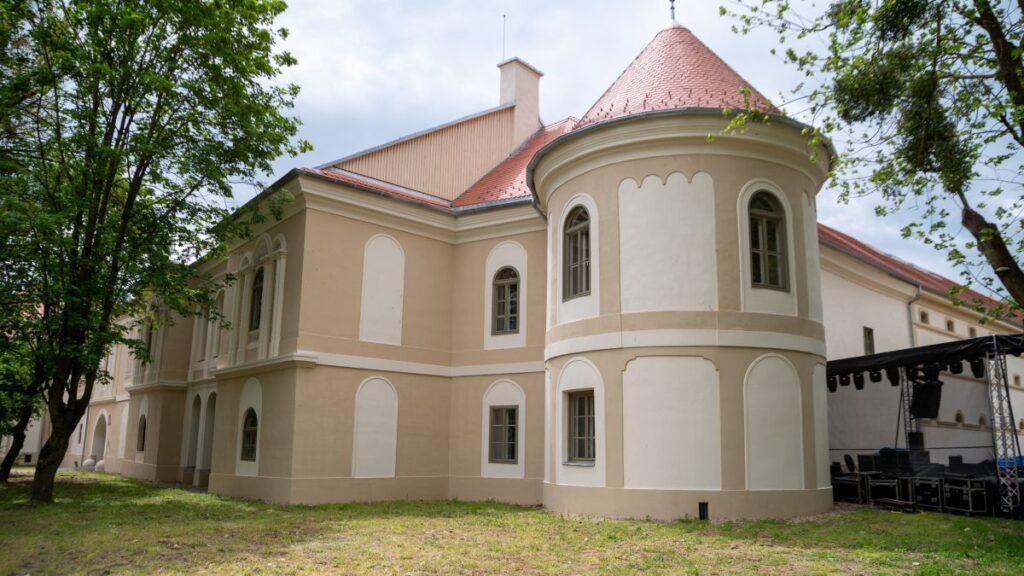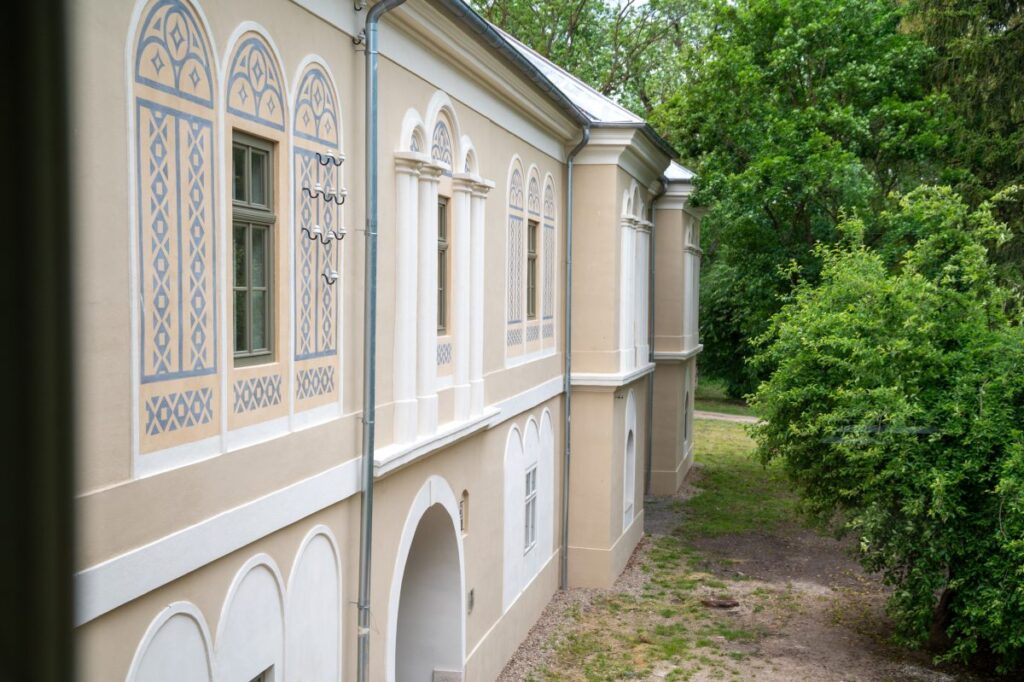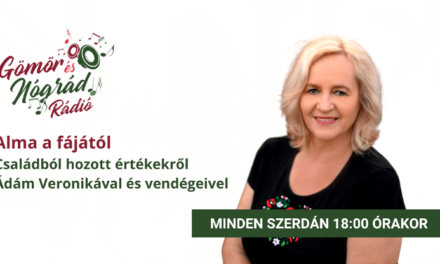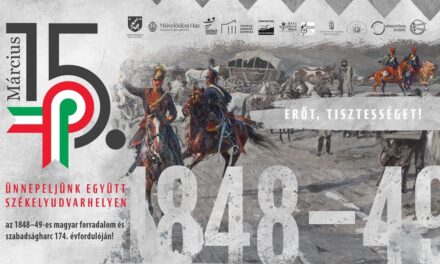The phoenix of Transylvania came to life, in the presence of so many Transylvanian and Hungarian notables, the renovated Gyal castle was handed over in a ceremonial setting on Friday afternoon. The phoenix analogy was used by the architect Gábor Tóthfalusi, the designer of the renovation works, to refer to the history of the castle at the handover, and the story was recalled by the art historian Attila Weisz. During its six-century history, the castle was destroyed several times, there were times when it burned down, but it was always rebuilt.
The renovated Gyalu castle, which operates as a cultural center under the management of the Transylvanian Traditions Foundation, was handed over on Friday. The foundation and the Rákóczi–Bánffy Castle are a means of preserving our Hungarianness.
The Rákóczi-Bánffy castle near Cluj was renovated with EU funds and Romanian and Hungarian government support, after Hungarian businessman Elek Nagy bought it from the Barcsay family ten years ago. Hundreds of guests were present at the opening of the castle, shining in its old splendor.
Zsolt Semjén recalled: a year ago, he opened the Miklós Bánffy exhibition and the renovated castle in Bonchidán, and now he could do the same in Gyalun.
He called it a historic act that former owner Tamás Barcsay recovered the castle, which had been nationalized during communism, and that Elek Nagy bought it.
He recalled: the Romanian state obtained five million euros in EU funding for the renovation, which did not prove to be sufficient, so the Hungarian state supplemented this with HUF 850 million.
Elek Nagy, the founding president of the Transylvanian Traditions Foundation, recalled: ten years ago, the castle almost belonged to the people, so he felt that it was his mission worthy of his ancestors to save the castle for the service of the wider and narrower community.
He spoke about the cultural significance of the place, explaining that a future could be built on the Roman castrum and the castle. " According to my intention, the Gyal castle of the future will not exclude, but will welcome the world beyond the walls within its walls ," he said.
He recalled the article by his father, György Méhes, entitled Magyarok és románok , in which he wrote about the coexistence of the Hungarian and Romanian people. According to him, the castle also provides space for the meeting of cultures. His children will lead the foundation in a similar spirit, which he has otherwise entrusted to the Transylvanian Reformed Church District, he said.

Photo: MTI/Gábor Kiss
József Vilmos Kolumbán, the deputy bishop of the church district, recalled: in 600 years, the Gyalu castle also lived through hopeless times. Today this castle is more beautiful than ever.
It serves the purpose of focusing our attention on our past and our belonging, but at the same time it connects the past with the future and protects our spiritual life.
Former owner Tamás Barcsay and architect Gábor Tóthfalusi also spoke at the event, who explained the process and difficulties of the renovation.
The history of the castle was explained by art historian Attila Weisz, which is also presented in the permanent exhibition Gyalu, where history is reborn The cultural center has multifunctional event halls, the plans include furnishing them, renovating the garden and the castrum.
In the castle garden, which usually hosts the Castle Garden Festival, open days began on Friday afternoon in the inner courtyard, which will continue on Saturday: medieval castle games and children's activities, Kalotaszeg music and concerts await the people of the area.

Photo: MTI/Gábor Kiss
Located twenty kilometers from Cluj-Napoca, the Rákóczi-Bánffy Castle in Gyalu, with four corner bastions, a square shape, and sixty rooms, was owned by Countess Katinka Bánffy before it was nationalized. An auxiliary school operated there until 2002, and his grandson, historian Tamás Barcsay, was able to take possession of it after seven years. Its first written mention dates from 1439.
MTI / kronikaonline.ro
Cover photo: Transylvanian Traditions Foundation
A modern castle lord who offers his castle on the altar of the nation













